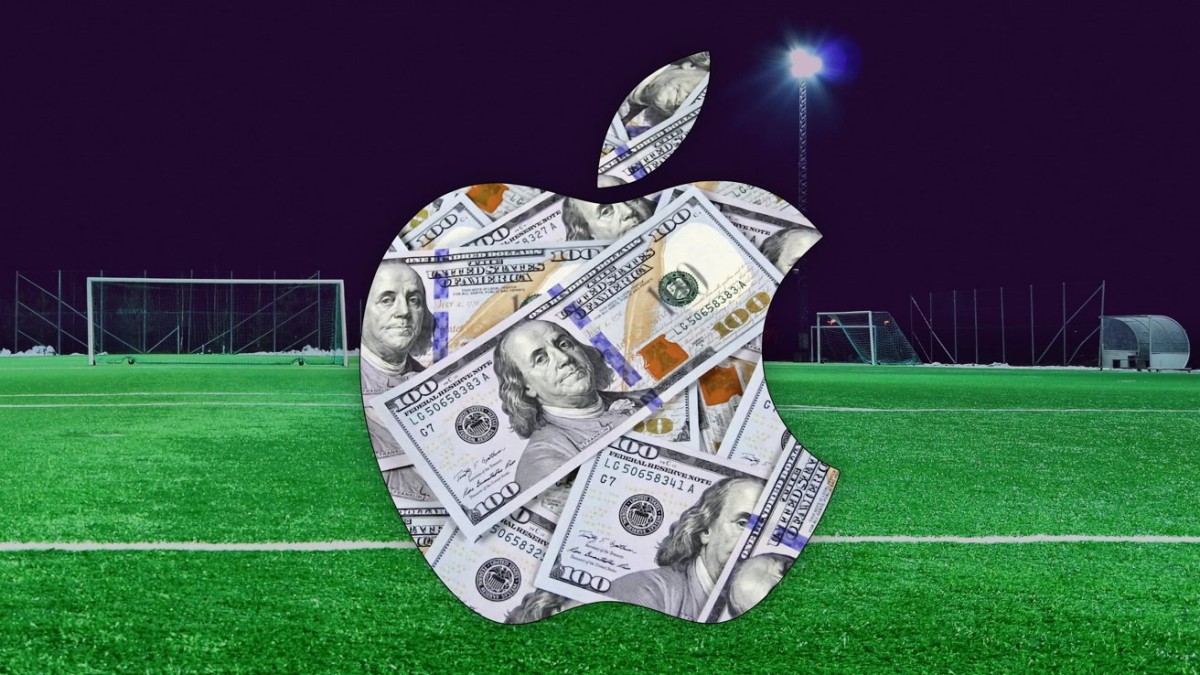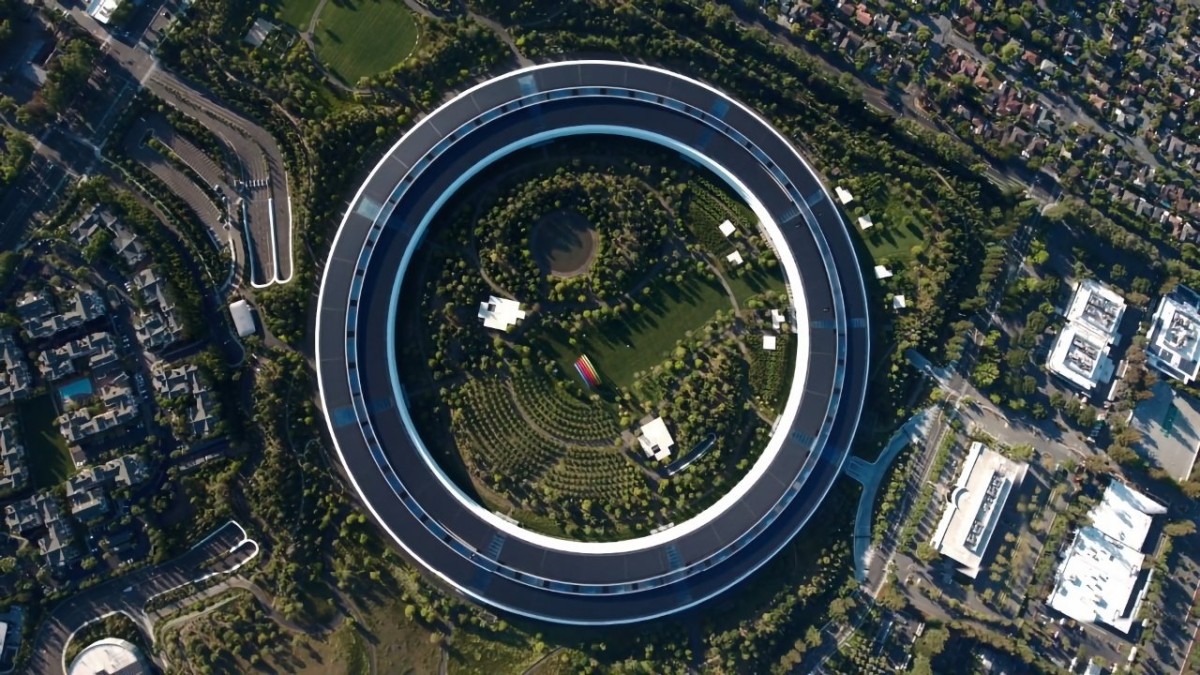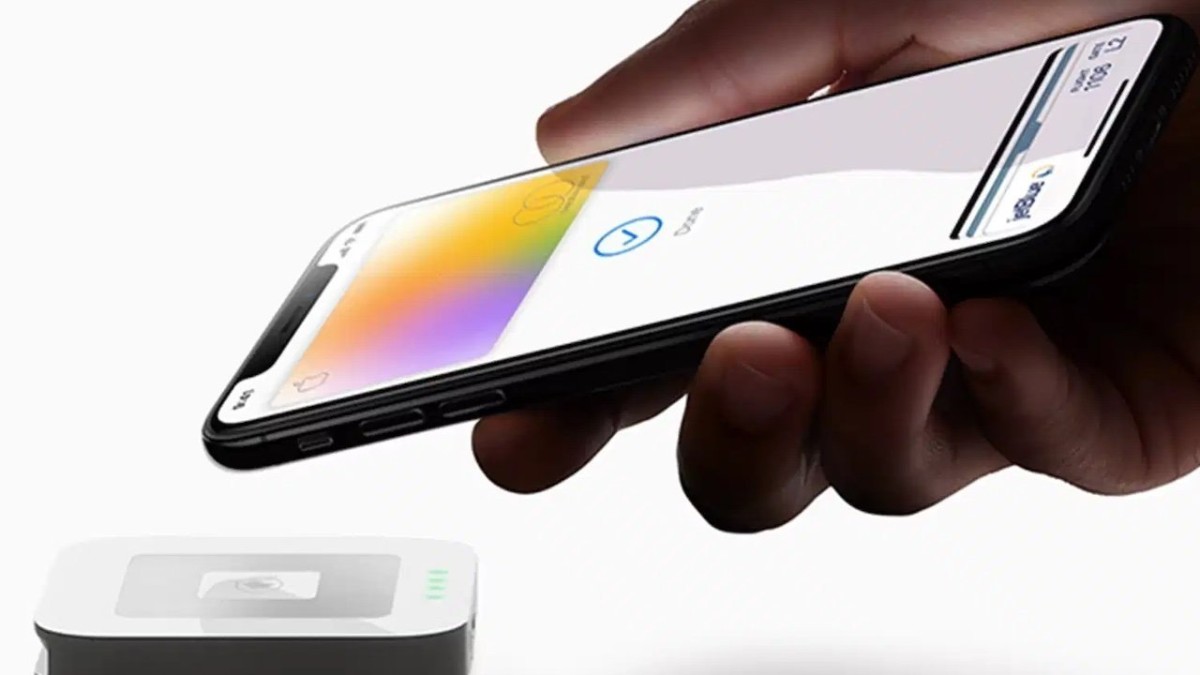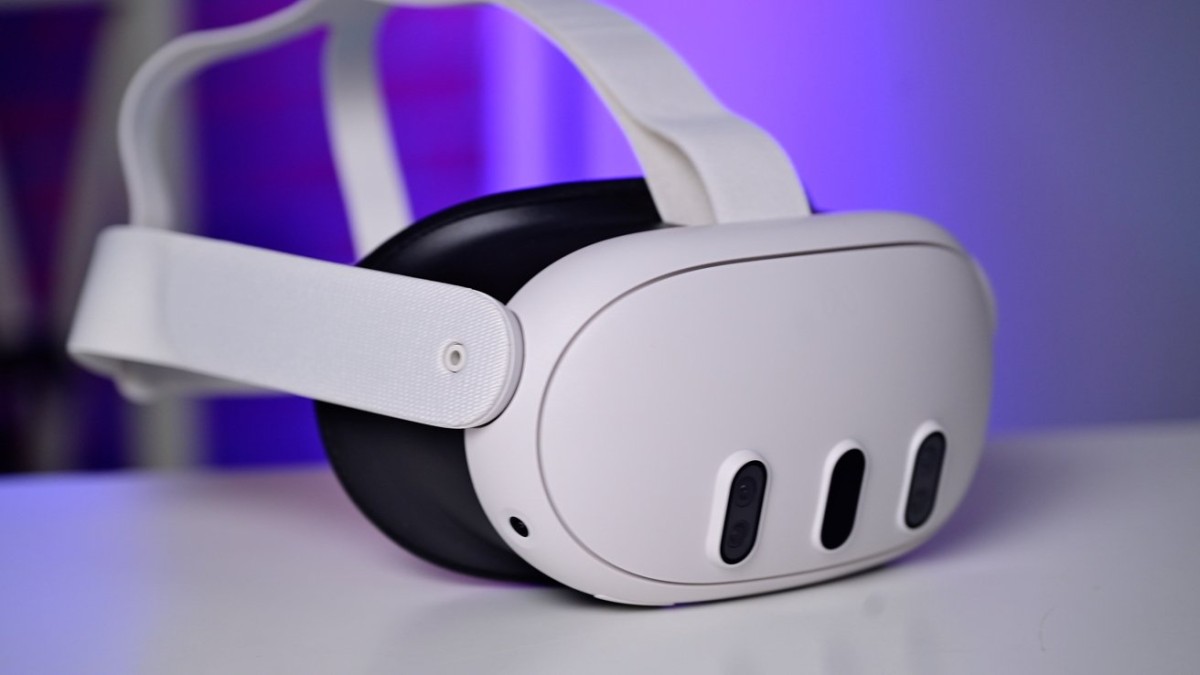Decades after revolutionizing personal computing with the introduction of the mouse, Apple is at the forefront of innovation once again, this time redefining how we interact with our digital worlds. In an exciting development, Apple has unveiled plans for a revolutionary mouse that promises to enhance user interaction through tilt and lift gestures, signaling a new era of computer navigation.
The journey from the mouse's debut in 1984 alongside the original Macintosh, through the transition to trackballs with the PowerBook in 1991, and the subsequent adoption of trackpads, underscores Apple's continuous quest for improving human-computer interaction. Despite the dominance of mice and trackpads in today's computing and the relegated status of trackballs to a niche audience, Apple's relentless innovation spirit is not satisfied.
In its latest endeavor, revealed in a patent aptly titled "Input Device," Apple envisions a suite of uniquely designed controls that may remind some of the controversial hockey-puck mouse from the iMac's debut, while others mirror the sleek aesthetics of the current Magic Mouse. Central to this patent is the introduction of tilt sensors within these devices, opening a new dimension of control and functionality.
According to the patent details, "[A] user can tilt the input device to trigger a range of actions on a connected computing device, transcending traditional navigation to include a variety of commands." This innovative approach allows for not just horizontal and vertical movements but also the possibility of executing commands by tilting the mouse to various degrees and in different directions. Apple imagines a world where rotating a mouse on its edge could adjust volume, scroll through pages, or activate custom shortcuts, enriching the user experience with gestures that are both intuitive and physically engaging.
Furthermore, the patent explores the concept of lifting the mouse off the desk, transforming it from a stationary object to one that can interpret air gestures, much like moving a wand to command the digital realm. This leap from a fixed surface interaction to three-dimensional control space suggests a future where the desk's surface, or any surface for that matter, becomes a canvas for gesture-based interaction, hinting at Apple's ambition to merge physical and digital interaction spaces seamlessly.
While the patent's illustrations serve as a broad guide, some designs suggest a dynamic interaction model where the mouse, possibly paired with a specialized support surface like a Magic Trackpad, becomes a conduit for a range of novel gestures and commands. From spherical designs that invite full-hand manipulation to UFO-like shapes beckoning futuristic interactions, Apple's vision for the next-generation mouse is as diverse as it is bold.
Among the ten inventors credited with this patent is Megan M. Sapp, known for her work on integrating pinch gestures onto a mouse surface, indicating that this project is in the hands of those who are adept at rethinking and refining user input methods for the digital age






